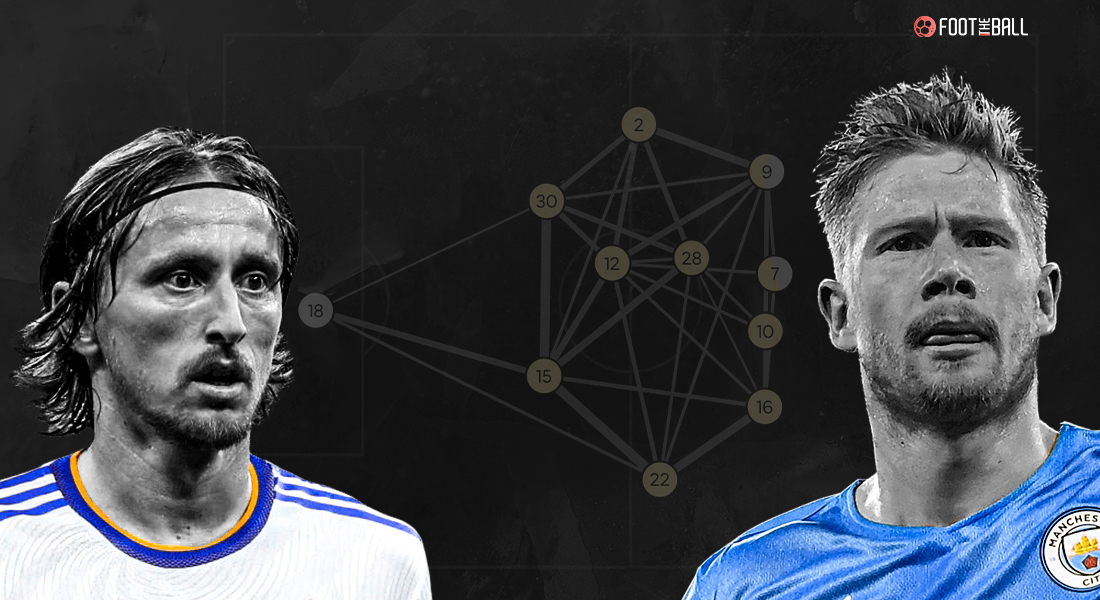“If you can’t pass the ball properly, a bowl of pasta’s not going to make that much difference!” These are the words of former player and manager Harry Redknapp. While Redknapp’s quote is from the perspective of a frustrated manager who isn’t happy with his team, it has a deeper meaning too. In modern football, passing, or specifically good progressive passing, is a must irrespective of the position.
The game has evolved so much that top teams now demand that even a goalkeeper should be good with his feet and contribute to the team’s buildup. However, how the team passes varies according to teams, personnel, system, matches, and to some extent, even leagues. And this is where the passing network comes into play.
Data scientists, teams, and football nerds were the only metric users for the initial years of its discovery. However, now making its way into the mainstream media as well.
The metric aims to understand how teams use passes to build their play. But, of course, every team’s play varies according to their system, and the objective of the passing network is to study this play.
So, let’s have a detailed look at Pass Network.
What is a Pass Network?
Pass Network or passing network is a data visualisation tool described as a team’s passing heat map. The metric shows us where the team makes their most passes, the players involved in those passes, and whom the player passes the most and the least.
So, what do pass networks show us?
- The Line between the players shows us the pass.
- The dot’s size indicates the player’s number of passes the player attempted. The bigger the dot, the more passes he attempted.
- The thickness of the Line determines the number of passes between the players.
- Line colouring shows the impact of a player’s passing on the match. Green indicates poor performance, red shows excellent performance, yellow shows below average, and orange shows good performance.
- The brightness of the Line shows us who is receiving the ball. If the Line gets brighter as it approaches a player, it means the player is receiving the pass. However, if the Line gets brighter as it reaches its ends, it means back and forth passes between two players.
- Only players who complete at least five passes per 90 minutes in a specific direction and to a particular player get the Line.
These are the basics of the pass networks.
Darwin Nunez has been a star this seaon for Benfica, Here’s how the Uruguayan will fit at Liverpool
How are…
Click Here to Read the Full Original Article at FootTheBall…

